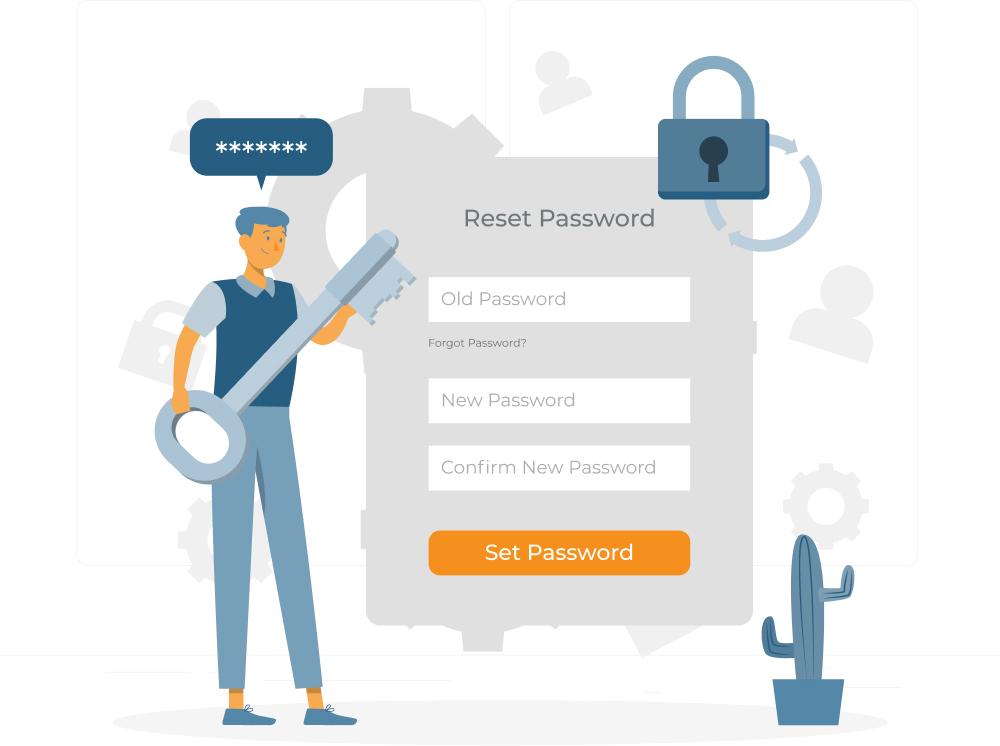All hands on deck!
Cross-skilling, or cross-training as you may prefer to call it, is an excellent investment to make in your team. An investment from which you reap huge benefits and which is especially advantageous in times of crisis. It is a surefire way to get all hands on deck when necessary. It creates a close-knit team and helps your team reach its full potential. On the flipside, employees should think of cross-training as a way to become more valuable to the company and to build confidence. It’s pretty much a win-win for both parties!
What does it take to cross-train an employee?
Cross-training need not be a long, tedious or costly affair. Also, it definitely does not require hours of studying as most development happens through hands-on experience. In fact, the simplest way is to have employees from different departments shadowing each other or rotating roles to learn each other’s basic skills. This will help them to assist each other in hectic times and avoid one group getting overloaded. There is no better example than these COVID times to witness what an enormous advantage cross-skilling can give. How many times are key players missing because they are in quarantine? This creates stress both on the employees and the company. Yet, with a cross-functional team, the business can continue running almost seamlessly, as employees are able to step into each others’ shoes to provide support.
So what are the main advantages of cross-skilling?
Already it is quite clear that cross-skilling is beneficial for organisations and employees alike. However, just in case you’re not yet convinced that it’s worth looking into, here are some more points to consider:
- Gaps are filled in more easily and your company is better equipped to recover from disruptions. Whether it’s absence because of leave, or quarantine, or because one of your employees quits the company, a cross-functional team ensures that the job still gets done during the transition period.
- It encourages employees to be the best version of themselves. Who knew that the young accounts clerk was an excellent motivator? Often, it is only when people are pushed beyond their comfort zones and made to step up that they realise they are really good at something they would have otherwise never tried. Discovering these hidden talents can help them move up the career ladder faster than expected.
- Cross-skilling helps employees to see the bigger picture. It enhances team spirit and promotes empathy amongst workers, as they learn to appreciate their colleagues and recognise the value of each other’s work. This means that they are much more in sync with each other, which in turn is good for the organisation. Moreover, employees build relationships with colleagues they wouldn’t normally have the chance to get to know.
- If you want to be a company that cares, then cross-train your teams. People want to work for companies that encourage growth and steer their employees towards success. This motivates and empowers employees because they not only get to improve themselves but to train their colleagues too. Also, it keeps them on their toes as work is not predictable or boring. Consequently, productivity is high as is job satisfaction, which equals employee retention.
- Cross-training may help to decrease costs and increase efficiency. You may not need to hire as many people to get the job done. But do be careful with this one – if you overload employees it will have the opposite effect.
Balance is key.
Just like cross-training in sports develops overall fitness of your body, cross-training in the workplace develops overall fitness of the organisation. This means that no department is neglected, that the business works smoothly and is in its best possible shape. One thing to remember is that balance is key or employees may get burnt out. Cross-training must absolutely not be implemented only as a way to save costs. It is, most importantly, about helping employees to discover and use skills that they may not have been aware of, and that will also benefit the business. Add responsibilities slowly, check-in on them and be sure to let employees know that their abilities are valued.
Have you introduced cross-training to your team? Or are you part of a cross-functional team? Let us know in the comments if you agree with these advantages!


